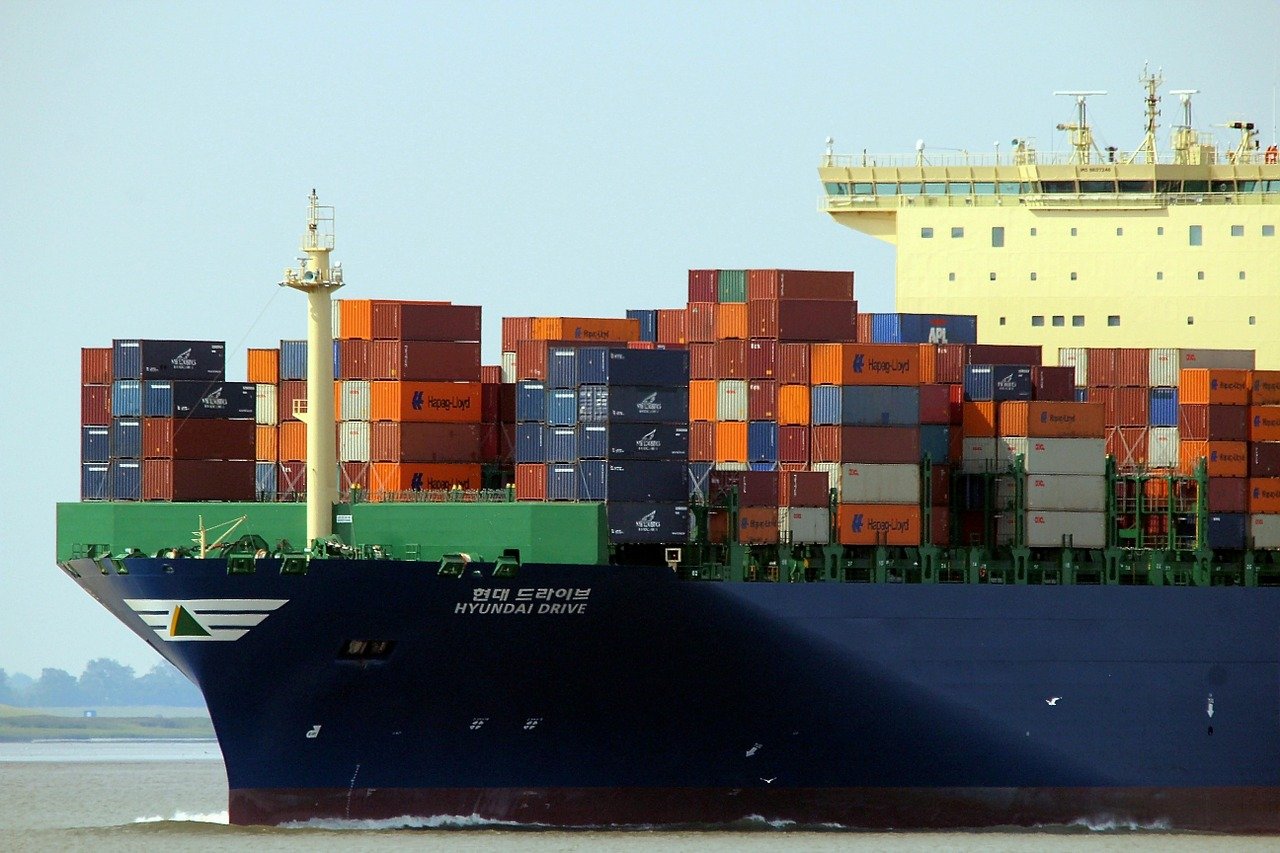
The consumer car and vehicle industry is globalised to a high degree. Vehicles from Korea, Japan, and China are frequently sold in dealerships in the UK, the USA, and South America, while British-made Range Rovers and German-made Audis are frequently seen on the streets of Tokyo, Singapore, and Adelaide.
This fluid global marketplace involves journeys of thousands of miles, with multiple changes of ports along the way. Only a truly global shipping solution is up to the task worldwide, and that is container shipping.
Why Container Shipping Is The Better Mode Of Vehicle Transportation:
Container shipping vessels are designed to carry thousands of 40 foot shipping containers, and are used to transport consumer goods of all kinds – up to and including cars. When transporting cars by shipping container, the vehicles are secured to specially built racks and then loaded onto the container ship via crane. Shipping vessels are fast and robust, and their low berth gives them a wide choice of docking options.
Container shipping, however, is still not the primary means of transportation for vehicles. Most commercial vehicles still make their journeys on Roll-on Roll off ferries (Ro-Ro). These heavy, deep water transport vessels were developed at a time when cars made fairly short journeys to market – e.g. across the North Sea from Germany to the UK. They are less suitable for multistage global journeys, as the costs of damage, theft, and delays accumulate with each successive handling stage.
1) Safety And Lower Damage Risks
The process of loading vehicles onto a container ship is a lot safer than that used on a Ro-Ro ferry. Vehicles transported by Ro-Ro have to be physically driven on and off the ship, often from congested portside waiting areas, with a subsequently high risk of accidents and prangs. Many vehicles are damaged or even written off in this way, and the more changes a vehicle has to make, the greater the risk. In container shipping, vehicles only have to be handled once at the beginning of the journey – when fixed in place – and again at their final embarkation point. For all other changes of vessel, the vehicles are securely stowed inside their container and are cocooned from damage.
2) Cost
The use of containerised shipping for vehicle transport can be more economically beneficial than Ro-Ro, especially when shipping vehicles in bulk. This is a result of the developments at Trans-Rak. Our steel racking products guarantee the safety and undamaged return of vehicles. The highly-recyclable materials used are long-lasting in comparison to the traditional wood packing used to ship cars in shipping containers.
Also, in terms of money, the insurance options are limited on a Ro-Ro ferry, as the cars are exposed to a far larger variety of risks – from storm damage to vandalism and theft. This increases premiums for Ro-Ro transport and means that in the event of damage, it may be harder to claim insurance. Containerised transport is seen as a safer bet by insurers, as the vehicle cargo is anonymously contained in its metal shell, safe from thieves and the elements.
3) Flexibility
One of the downsides of using container shipping to transport vehicle consignments is the low occupancy of cars per container. Shipping a large consignment gets expensive when a container can only accommodate one or two cars (especially when shipping freight prices are high). Utilising a reusable racking system, however, increases the occupancy of each container to as many as 4 to 6 vehicles, cutting containerised shipping costs by up to 50%. Container shipping also provides greater flexibility than Ro-Ro transport, as a container can transport a damaged, incomplete, or non-driving vehicle – or an electric vehicle without its battery – in a way that Ro-Ro ferries cannot.
Find Out More
To find out more about the economic and safety benefits of containerised car transport, please download a copy of our free e-book; The Containerised Car Transport Guide. To discuss your specific needs or to request a quote, please feel free to contact a member of our technical sales team directly.
Image source: Pixabay
















